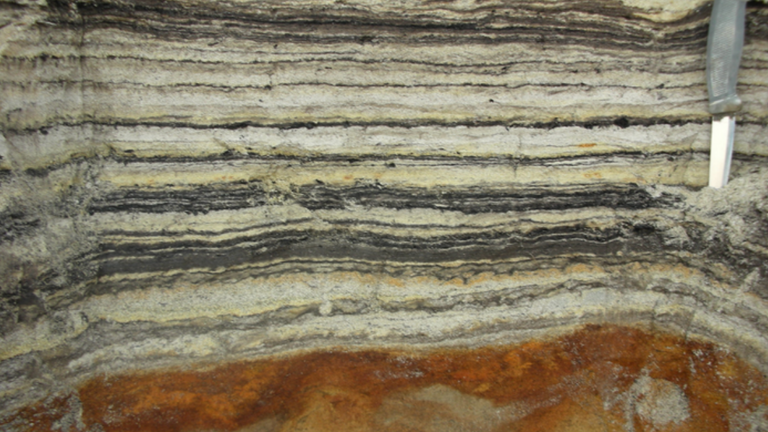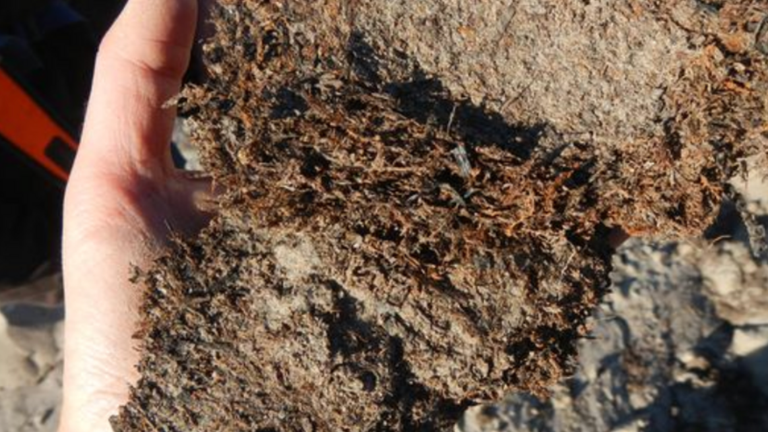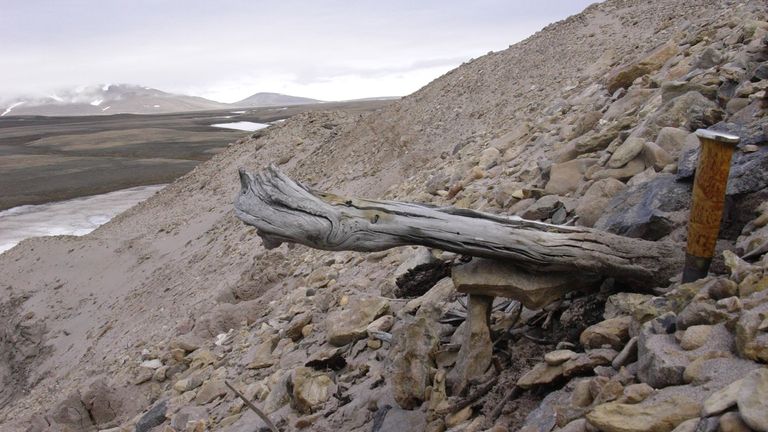The discovery of the world’s oldest DNA dating back two million years could shed light on how to combat global warming, scientists say.
In what has been hailed as a “game-changer” in evolutionary history, tiny, deeply buried fragments have been discovered in sediments accumulated over more than 20,000 years in northern Greenland.
It allowed DNA to survive extreme climate change and beat the previous record – a sample taken from a Siberian mammoth bone – by a million years earlier.
The newly discovered samples are incomplete, only a few millionths of a millimeter in length, and come from a time when Greenland’s climate was between arctic and temperate and 10-17 degrees Celsius warmer than today.
They were found in the Kobenhavn Formation, a nearly 100-meter-thick layer of sediment deposits hidden at the mouth of a fjord in the Arctic Ocean.
Scientists have found evidence of plants, microbes and animals — including lemmings, reindeer, hares and elephant-like mastodons (Ice Age mammals, not social media platform).
Professor Eske Willerslev, who led the team, said: “DNA can degrade rapidly, but we have shown that, under the right circumstances, we can now travel farther back in time than anyone dared imagine.”
How was the secret of DNA unlocked?
Forty-one of the Ice Age samples found are available for scientists to study.
They must be separated from the clay and quartz that buried them, preserved by ice or permafrost, and—crucially—undisturbed by humans.
Detective work by dozens of researchers from Denmark, the UK, the US, France, Sweden, Norway and Germany culminated in comparing the samples with vast DNA libraries of modern organisms.
That’s how they were able to find evidence of a precursor to species we know today, building a picture of a previously unknown stage in the evolution of many species that still exist.
Some samples were retrieved on an expedition before 2006, but only new equipment developed in the years since then has been able to extract DNA.
Could these findings help save species from climate change?
The survival of DNA through changing environmental conditions is the most striking feature of this discovery.
Assistant Professor Mikkel W Pedersen says there is “no modern equivalent” to the historical ecosystems to which DNA has been traced.
He added: “On the surface, the climate appears to be similar to what we expect on Earth in the future due to global warming.”
Professor Pedersen continued: “The data suggest that more species than previously thought can evolve and adapt to drastically changing temperatures.
“But, crucially, these results show that they need time to do this.
“The rate of global warming today means organisms and species don’t have that time, so the climate emergency remains a huge threat to biodiversity and the world.”
‘The possibilities are endless’
Professor Kurt H Kjaer, an expert in geology at the University of Copenhagen, said genetic engineering could hold the key to mimicking strategies used by plants and trees to survive rising temperatures 2 million years ago.
“That’s one of the reasons this scientific advance is so important — because it can shed light on how to try to counteract the damaging effects of global warming,” he added.
The next step may be to explore deposits that may be rich in ancient DNA in warm, humid environments.
Professor Willerslev described the possibilities as “endless”.
“If we can start exploring ancient DNA in clay particles from Africa, we might be able to glean groundbreaking information about the origin of many different species,” he said.
“It might even be new knowledge about the first humans and their ancestors.”
The findings were published in the journal Nature.


